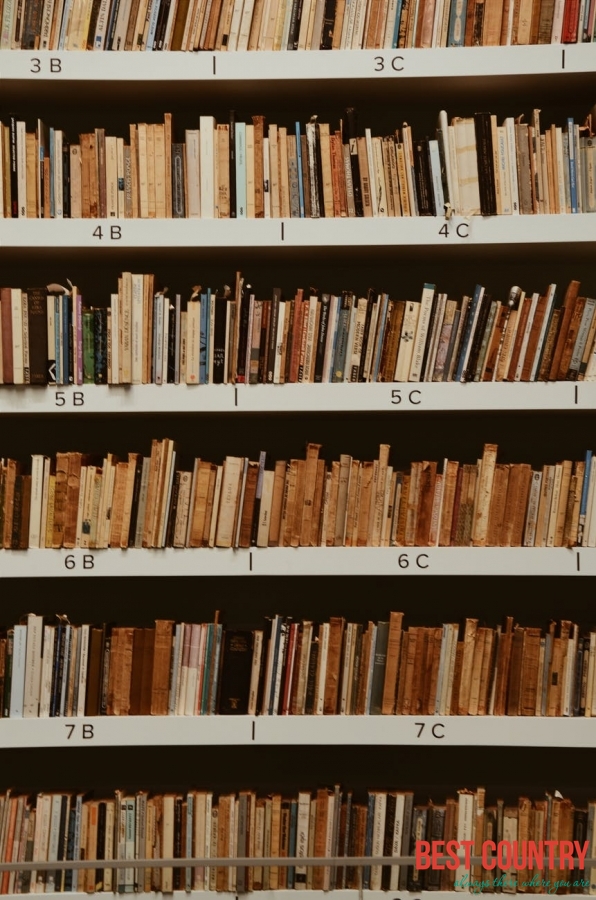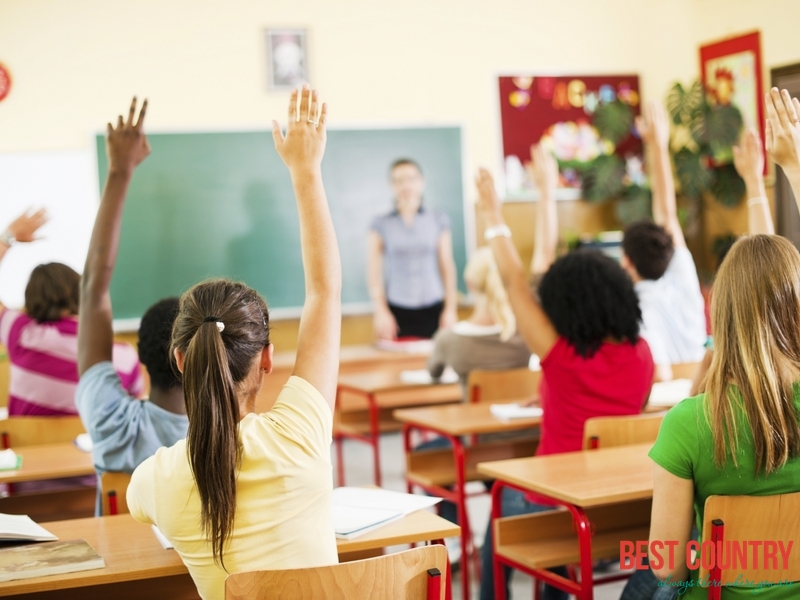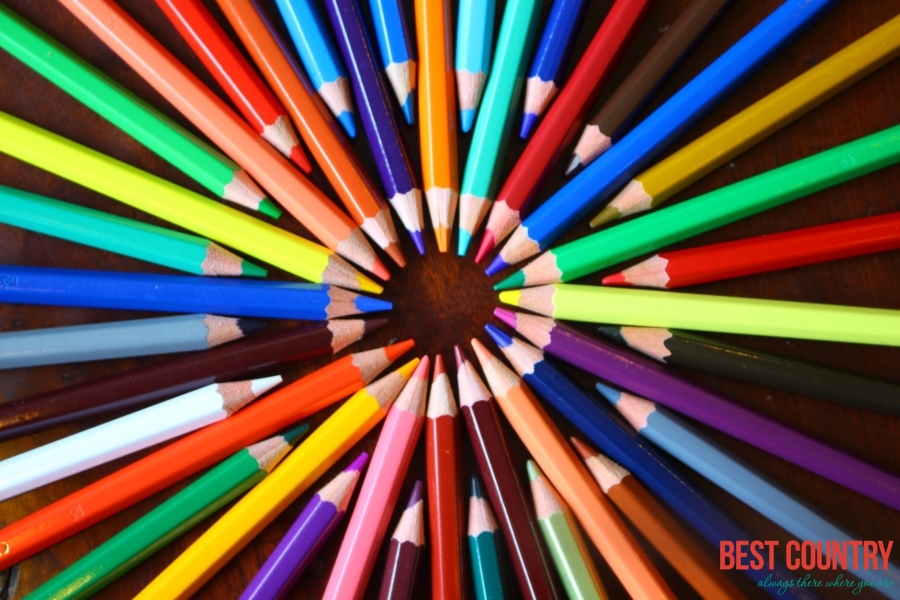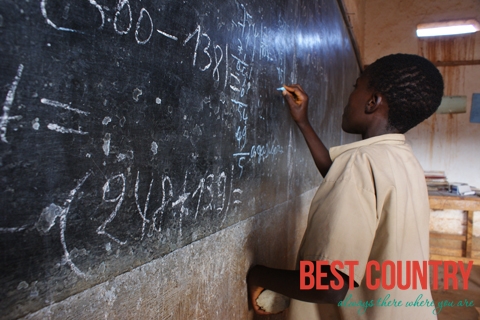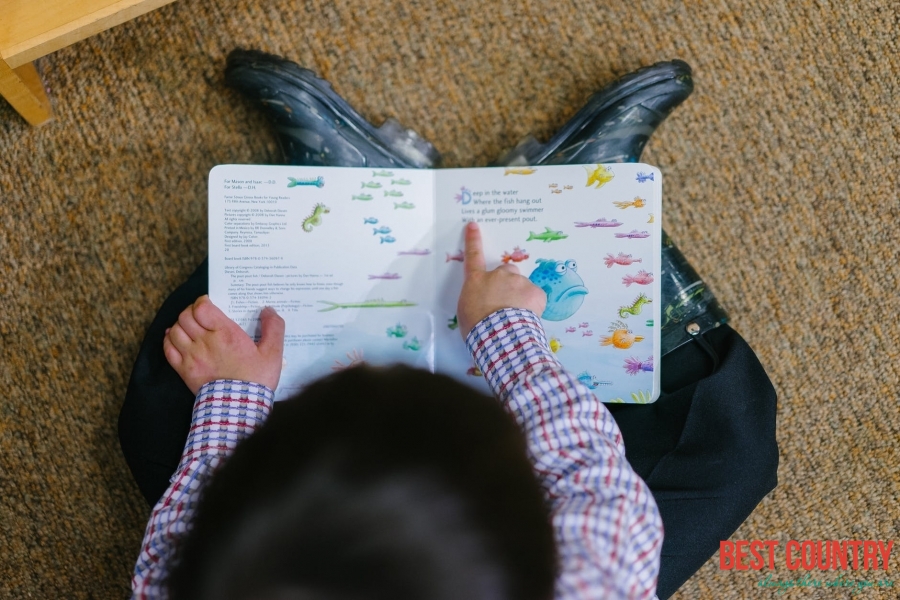Education in the different countries
Education in Guinea
Primary education in Guinea is compulsory for 8 years. In 1997, the gross primary enrolment rate was 54.4 percent and the net primary enrolment rate was 41.8 percent.
Education in Guinea-Bissau
Education in Guinea-Bissau is compulsory from the age of 7 to 13. In 1998, the gross primary enrollment rate was 53.5 percent, with higher enrollment ratio for males (67.7 percent) compared with females (40 percent).
Education in Djibouti
The education system of Djibouti has been influenced a lot by Francewith government making efforts to increase schools enrolment. The Republic of Djiboutiis a country located in East Africa.
Education in Ghana
Ghana has in the public sector 12,225 Primary Schools and 6,418 Junior High Schools. The number of public senior high schools stands at 526, 38 teacher training colleges, 23 public technical institutes and several private ones including Vocational Institutions and eight public universities in addition to 10 polytechnics serving a population of 25 million; this means that most Ghanaians have relatively easy access to good education.
Education in Kiribati
Primary education is free and compulsory for the first six years, now being extended to nine years. Mission schools are slowly being absorbed into the government primary school system. Higher education is expanding; students may seek technical, teacher or marine training, or study in other countries.
Israel - Educational System
There are four levels of education in Israel, beginning with a preprimary or nursery school level and continuing through primary and secondary levels to higher education of several different types.
The Education System in Italy
Education in Italy is run by the state, and free education is provided for all primary and secondary students (even the children of foreigners, as long as they are living in Italy). Private schools exist, but they must also conform to governmental standards, and most students attend public institutions.
Education in the Gambia
The Constitution mandates free and compulsory primary education in the Gambia, but a lack of resources and education infrastructure has made implementation difficult. In 1995, the gross primary enrollment rate was 77.1 percent and the net primary enrollment rate was 64.7 percent.
Education in Gabon
Education in Gabon is largely based on the French educational system. On the federal level, it is regulated by two Ministries: the Ministry of Education, which is in charge of pre-kindergarten through High School, and the Ministry of Higher Education and Innovative Technologies, which is in charge of universities and professional schools.
Education in Burundi
Education in Burundi is compulsory for six years, between the ages of 7 and 13. In 1998, the gross primary enrollment rate was 62 percent, and the net primary enrollment rate was 37 percent. Primary school attendance rates are unavailable for Burundi. While enrollment rates indicate a level of commitment to education, they do not always reflect children’s participation in school.
Education in Burkina Faso
Burkina Faso education is mainly influenced by the education system of France, their colonizer. Burkina Faso education system, though, has incorporated certain changes but the basic structure of education followed from French model remains the same.
Education System in Botswana
Education in Botswana is free for the first 10 years, which completes the cycle through middle school. The first 7 years of this are at primary school, where the pupil-teacher ratio is approximately 13 to 1.The medium of education is Setswana for the 1st 4 years, thereafter English.
Education in Ecuador
Education in Ecuador is considered as one of the most important issues. The percentage of literacy is very high is the country of Ecuador. The educational infrastructure is very strong there. There are numerous schools and colleges in Ecuador.
Education System in Chile
In Chile Education is divided into pre-school, primary, secondary and tertiary education. The middle 2 phases are mandatory and up to 90% of costs are covered by the state. These are paid directly to the school concerned, which is likely to be owned by the municipality and based on individual pupil attendance.



